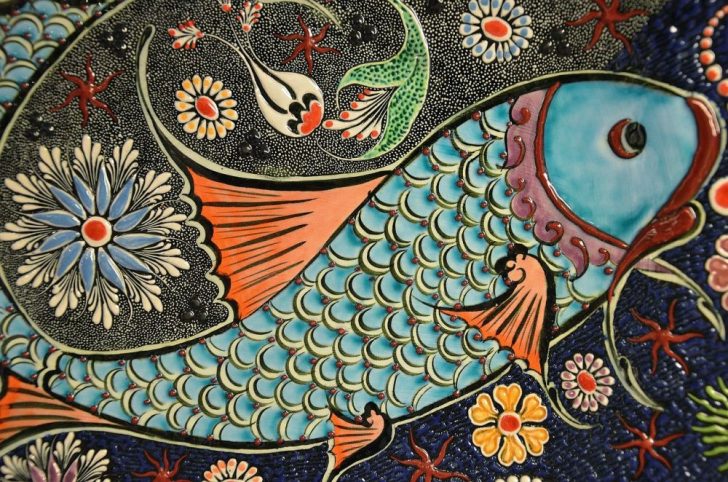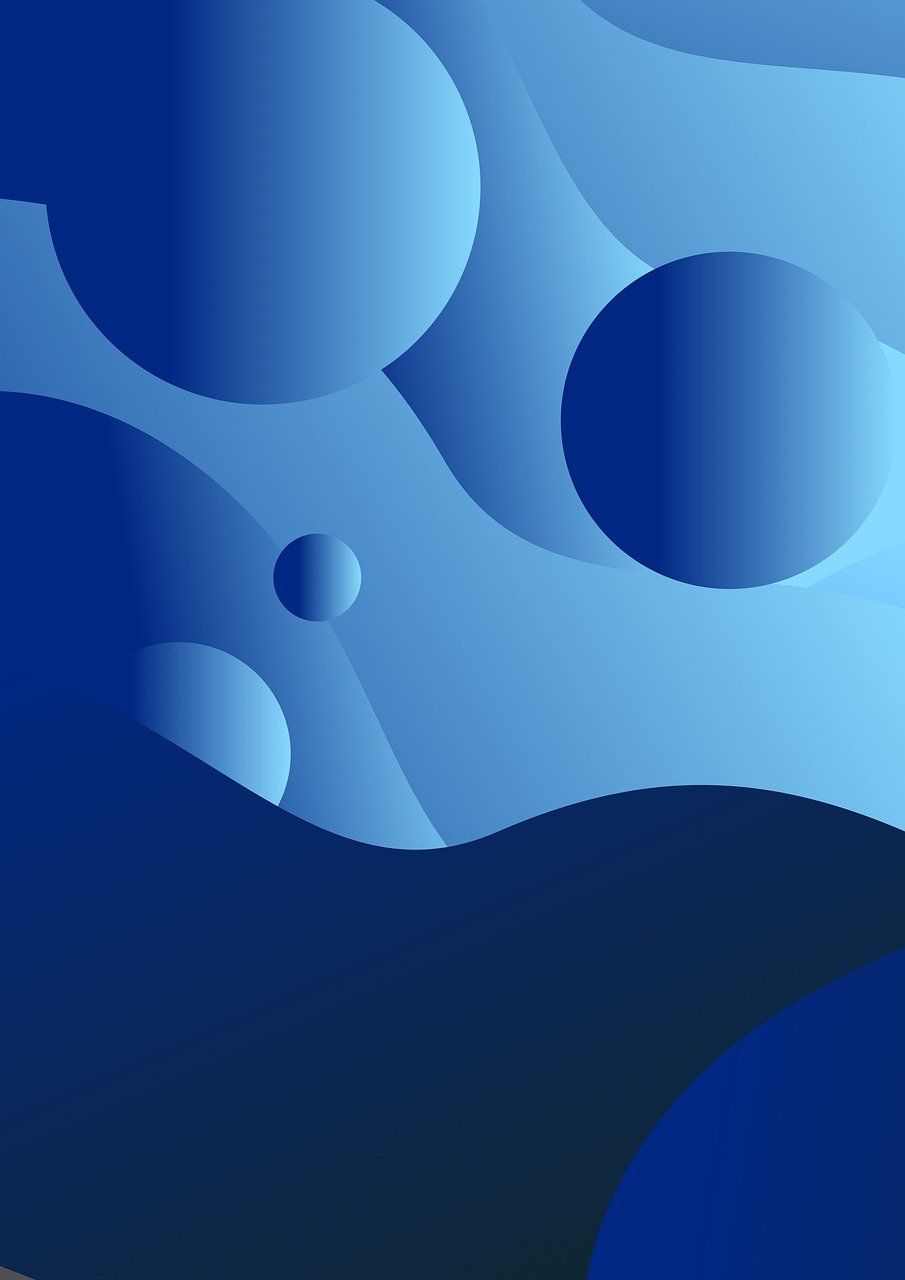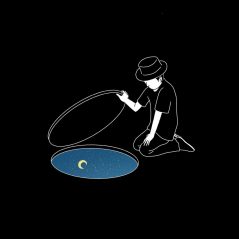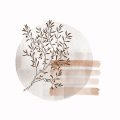Scandinavian Design: En grundlig översikt av den skandinaviska designen

Scandinavian Design: En essens av funktionalitet och enkelhet
Introduction:

Scandinavian design has gained global recognition for its unique blend of simplicity, functionality, and minimalism. This article aims to provide a comprehensive overview of Scandinavian design, exploring its various types, popularity, and distinguishing features. Additionally, it will delve into the historical background, advantages, and disadvantages of different Scandinavian design styles.
Presentation av Scandinavian Design: Vad det är och dess populära typer
Defining Scandinavian Design:
Scandinavian design is a design movement that emerged in the early 20th century in the Nordic countries – Denmark, Norway, Sweden, Finland, and Iceland. It is characterized by its emphasis on simplicity, clean lines, natural materials, and functionality. This design philosophy seeks to create beauty through practicality, focusing on enhancing everyday life.
Popular Types of Scandinavian Design:
1. Danish Design: Known for its iconic furniture pieces like the Egg Chair and the Wishbone Chair, Danish design showcases a harmonious balance of form and function.
2. Swedish Design: Celebrated for its timeless elegance and light color palettes, Swedish design embodies a sense of calm and serenity.
3. Finnish Design: Renowned for its innovation and craftsmanship, Finnish design is often associated with Marimekko’s bold patterns and Alvar Aalto’s organic forms.
En kvantitativ bedömning av Scandinavian Design
Quantitative Measures of Scandinavian Design:
Scandinavian design’s popularity can be measured by various indicators, including market demand, export volumes, and consumer surveys. For instance:
1. Market Demand: Scandinavian design products, especially furniture and home accessories, have witnessed a steady increase in demand globally, signaling a growing interest in their aesthetic and functional value.
2. Export Volumes: Scandinavian countries consistently rank amongst the top exporters of design products, indicating the demand for their creations in international markets.
3. Consumer Surveys: Surveys have shown that Scandinavian design is highly favored by consumers due to its quality, durability, and sustainable elements.
Underlying Variations in Scandinavian Design
Distinguishing Features of Scandinavian Design:
While Scandinavian design is renowned for its shared principles of simplicity and functionality, there are subtle variations across the Nordic countries that contribute to their uniqueness:
1. Danish Design: Known for its focus on organic and curvilinear forms, Danish design often integrates wood and leather materials to create warm and inviting spaces.
2. Swedish Design: Emphasizing light and airy interiors, Swedish design frequently features a bright color palette, natural materials such as light woods, and Gustavian style inspiration.
3. Finnish Design: Renowned for its experimental and innovative nature, Finnish design often incorporates bold colors, geometric patterns, and unconventional materials like glass and metal.
Historisk genomgång av för- och nackdelar med Scandinavian Design
Advantages and Disadvantages of Scandinavian Design:
1. Advantages:
– Functionality: Scandinavian design puts great emphasis on usability, making it ideal for everyday living.
– Timeless Appeal: Its clean lines and minimalistic approach give Scandinavian design an enduring aesthetic appeal.
– Sustainability: The use of natural materials and focus on durability aligns with sustainable design practices.
2. Disadvantages:
– Limited Color Palette: Scandinavian design often favors neutral color schemes, which may not suit everyone’s preferences.
– Sterile Aesthetic: Some individuals may find the minimalistic nature of Scandinavian design lacking in warmth and personalization.
Conclusion:
Scandinavian design has cemented its place as a globally recognized design ethos, celebrated for its blend of simplicity, functionality, and timeless appeal. By understanding its various types, quantitative measurements, distinguishing features, and historical advantages and disadvantages, individuals can appreciate the essence of Scandinavian design and incorporate it into their own lives. Whether it’s through iconic furniture pieces or carefully curated interiors, the Scandinavian design philosophy continues to inspire and captivate both designers and homeowners worldwide.
FAQ
Vad är Scandinavian Design?
Vilka är de populära typerna av Scandinavian Design?
Vilka fördelar och nackdelar har Scandinavian Design?
Fler nyheter
Konsten att fånga ögonblick: en fotograf i Norrköping
Scandinavian Design: En essens av funktionalitet och enkelhet Introduction: Scandinavian design has gained global recognition for its unique blend of simplicity, functionality, and minimalism. This article aims to provide a comprehensive overview of ...
Veronica Urena
11 mars 2024
Miljövänliga färger från Farrow & Ball
Scandinavian Design: En essens av funktionalitet och enkelhet Introduction: Scandinavian design has gained global recognition for its unique blend of simplicity, functionality, and minimalism. This article aims to provide a comprehensive overview of ...
Veronica Urena
11 mars 2024
Modern Konst Tavlor: Utforskning av ett Kreativt Uttryck
Scandinavian Design: En essens av funktionalitet och enkelhet Introduction: Scandinavian design has gained global recognition for its unique blend of simplicity, functionality, and minimalism. This article aims to provide a comprehensive overview of ...
Jon Larsson
18 januari 2024
Modern konst tavla – Exploring the World of Contemporary Art
Scandinavian Design: En essens av funktionalitet och enkelhet Introduction: Scandinavian design has gained global recognition for its unique blend of simplicity, functionality, and minimalism. This article aims to provide a comprehensive overview of ...
Jon Larsson
18 januari 2024











